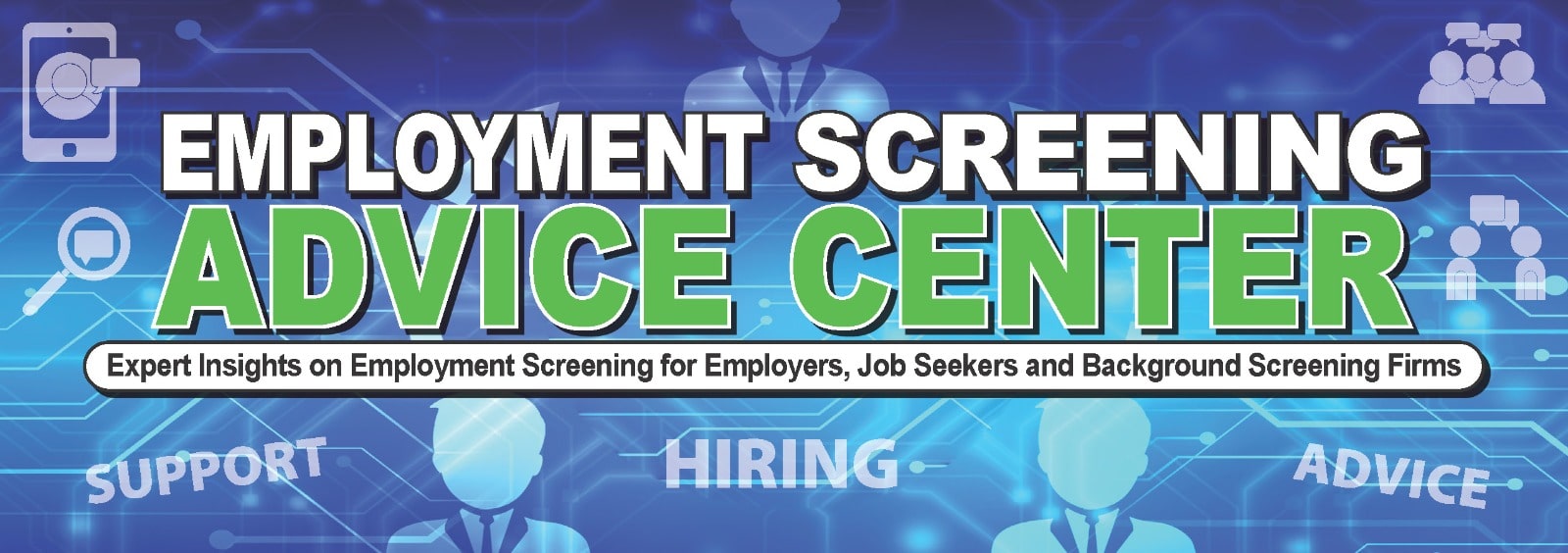
By Krisy Bucher, Senior Director, Marketing Programs at Appriss Insights, an Equifax Company
Today, there are close to 80 million Americans, or 1 in 3 adults, with criminal records. For those convicted and sentenced to imprisonment, returning to work upon release has been a challenge for many of them. One analysis puts the unemployment rate for those who had been incarcerated at more than 27%: That’s higher than the total U.S. unemployment rate during any historical period, including the Great Depression. A recent study by the RAND Corporation found that 64% of unemployed men have been arrested by age 35, with close to 50% being convicted of a crime. The study also found the arrest prevalence to be higher for both employed and unemployed Black men (ages 18-35) than that of white men. There are obvious reasons why an employer might not want to take a chance on hiring someone who has had a run in with the law, including the risk of being a repeat offender and the risks that they might pose to workplace safety and a company’s reputation. While those are legitimate concerns, the data and risk mitigation measures should assuage those fears.
According to data from the Federal Bureau of Prisons in mid-March of this year, 45% of those incarcerated in February were for drug offenses. More serious crimes such as homicide, aggravated assault, and kidnapping accounted for just 3% of incarcerations. And, according to a Pew Charitable Trusts analysis, there were more arrests for drug offenses in 2019 (1.5 million people) than any other category of crimes. This report also found “the number of arrests for violent crimes was only a third that of drug offenses.” In fact, data shows that of the 1.65 million drug arrests made in 2018, 40% were for marijuana offenses. This is instructive because it demonstrates that much of the stigma associated with those with prior convictions is often misplaced as many of these individuals are guilty of only minor offenses or non-violent crimes. So, the question is, why hire these so-called “high-risk” individuals?
The short answer is the broadly accepted view in society that people deserve a second chance at rehabilitation and opportunities for a brighter future. But when you look closer at what companies are doing today to retain and attract talent, the case for hiring those with prior convictions has never been greater.
There is a growing movement by corporate America today to try and address employment retention challenges while filling open jobs, including offering increased pay and more work time flexibility. But many organizations are also undertaking Diversity, Equity, and Inclusion (DEI) initiatives designed to create a workplace that more closely reflects the society we live in. If companies truly value DEI, then bringing into the fold millions of Americans who have interacted with the criminal justice system would be consistent with those goals.
The good news is that corporations and governments are stepping up to the plate to remove workforce re-entry barriers for individuals with prior convictions. Last year, a group of about 40 major corporations and national organizations came together to form the Second Chance Business Coalition (SCBC). The goal for this group is “to expand hiring and advancement practices for people with criminal records within their companies,” also known as second chance hiring.
On the government side, many states, cities, and counties have adopted what are called “ban-the-box” laws which prohibit employers from asking about a prospective job candidate’s criminal history until either the candidate is further along in the interview process or after a job has been offered. This growing movement began in Hawaii in 1998, and today, 37 states, the District of Columbia, and over 150 cities and counties have adopted the practice in some form. The goal of second change hiring is not to prevent businesses from doing their due diligence on a candidate, but to take into consideration the totality of a person’s character and qualifications. In other words, the goal is to give someone a second chance at employment instead of disqualifying them prematurely.
In addition to helping companies fill in-demand positions, there are a host of downstream benefits that people with prior convictions bring to the economy. First, steady employment helps reduce recidivism rates, thus saving taxpayer dollars. A study suggested the cost of a single recidivism event can be more than $150,000 as the cost to support the imprisonment, court proceedings, and justice personnel involved is high. Second, gainful employment not only gives people the opportunity to provide for themselves and their families, but also helps them make significant contributions to the economy. Finding employment is one of the most critical and challenging steps for individuals who have been involved with the criminal justice system. Jobs provide income and stability, and numerous studies have documented the inverse relationship between employment and recidivism.
To help companies hire individuals with prior convictions, there are processes available that can help mitigate risks to employee safety and organizational reputation once they are hired. Hiring managers should consider implementing a continuous employee monitoring program that includes incarceration notifications. These alerts will notify companies immediately when an employee is arrested, thus helping to eliminate an insider threat, avoiding costly compliance and litigation issues, and preventing disruptions to company operations. Conversely, an employee who knows they are being monitored and could lose their job if they reoffend, will be far less likely to do so.
Research shows that almost 80% of the U.S. workforce wants to be at a company that values diversity and inclusion, with 53% citing this as a “very important” priority. And recent research by the Society for Human Resource Management (SHRM) demonstrates overwhelming support by U.S. workers for both working for an employer that hires people with past criminal records and patronizing businesses that do so. It’s clear that the benefits of second chance hiring clearly outweighs the risks.
At a time when we are trying to address our nation’s labor shortage and improve workplace diversity, companies that overlook people with a criminal background, do so at their own peril.
Fair chance hiring initiatives and laws continue to gain steam, but we still have a long way to go to ensure employment tides raise all boats. Even if every unemployed person today found a job, that still leaves approximately 5 million open positions. It’s time for organizations to meet the moment.
About the Author
 Krisy Bucher leads Marketing for Appriss Insights, an Equifax Company. Insights delivers breakthrough data and analytics solutions to reduce people-based risk, mitigate fraud and meet compliance mandates. Krisy has over 20 years of experience in organizational leadership, marketing, business development, and operations across a broad range of industries.
Krisy Bucher leads Marketing for Appriss Insights, an Equifax Company. Insights delivers breakthrough data and analytics solutions to reduce people-based risk, mitigate fraud and meet compliance mandates. Krisy has over 20 years of experience in organizational leadership, marketing, business development, and operations across a broad range of industries.

